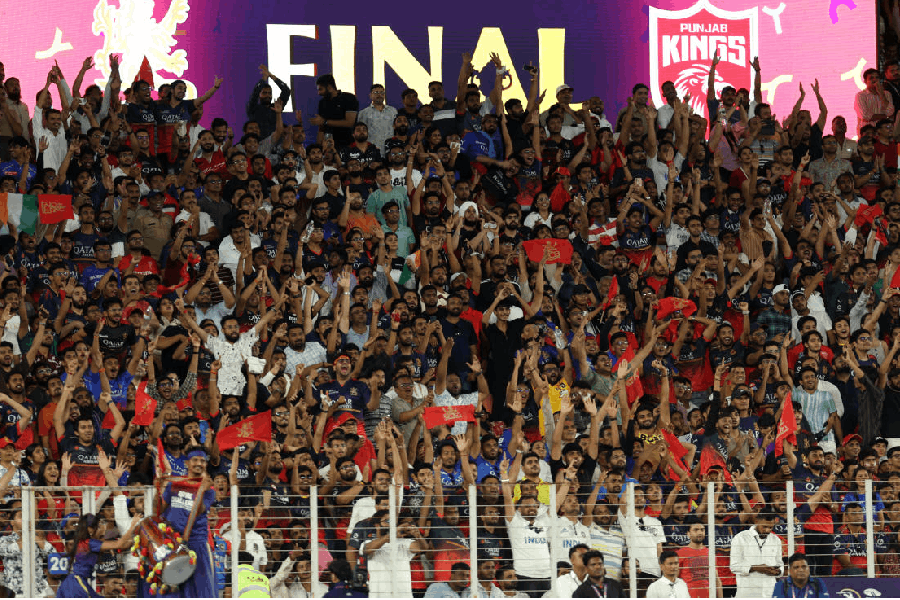Abhishek Mitra, 45, an executive in a multinational company, felt a chest pain whenever he would walk some distance or climb stairs. Inundated by work, he chose to ignore it. One evening, while returning from office, the pain got unbearable — at the centre of the chest, spreading to the left jaw and shoulder.
Mitra was rushed to hospital, where a series of tests revealed multiple blocks in all his coronary arteries. The middle-aged man was understandably shaken and feared for the consequences and his family’s future.
The attending cardiologist, however, assured him that a bypass surgery using the LIMA-RIMA-Y method would not only restore him to his earlier condition, but that he would, in all probability, not require a redo operation “at least in the next 30 years”.
Mitra opted for the surgery and four years on, he faces “none of the problems that are usually associated with traditional cardiac bypass surgery” or CABG (coronary artery bypass grafting) that involves cuts in the hands or legs.
LIMA-RIMA-Y is tailor-made for people between 40 and 60 years requiring a bypass, says Satyajit Bose, chief cardiac surgeon at Apollo Gleneagles Hospitals, who had “pioneered the surgery in eastern India” in 1997.
“In the traditional method of bypass surgery, the saphenous vein from the leg or radial artery from the forearm is used as graft to bypass the block in the coronary artery,” says Bose.
“But the problem with the method is that the saphenous vein tends to get blocked in 10-12 years and the radial artery even earlier. This means, a patient at 45 undergoing a bypass surgery may require a redo at 55 years of age, which is not an acceptable scenario,” he adds.
What is so special about LIMA-RIMA-Y, practised by only a handful of surgeons in India? Bose, who operated on Mitra, explains that all adults have a left internal mammary artery (LIMA) and a right internal mammary artery (RIMA) behind the breastbone.
“Because they are live grafts, not dead conduits, LIMA and RIMA can grow with demand. If used as bypass graft, there is very little chance of LIMA or RIMA developing another block in the next 30 years, which is a life guarantee,” observes a cardiac surgeon attached to a state hospital.
The surgeon’s concern for “young patients” (between 40 and 60 years) isn’t unfounded. With a drastic change in lifestyle — marked with hypertension, work stress, lack of exercise and dependence on junk food — more and more people in this age group are being affected with cardiac problems.
“India is already the diabetes capital of the world, an alarming risk factor for cardiac ailments. And by 2010, it’s feared to become the heart attack capital,” warns Bose.











